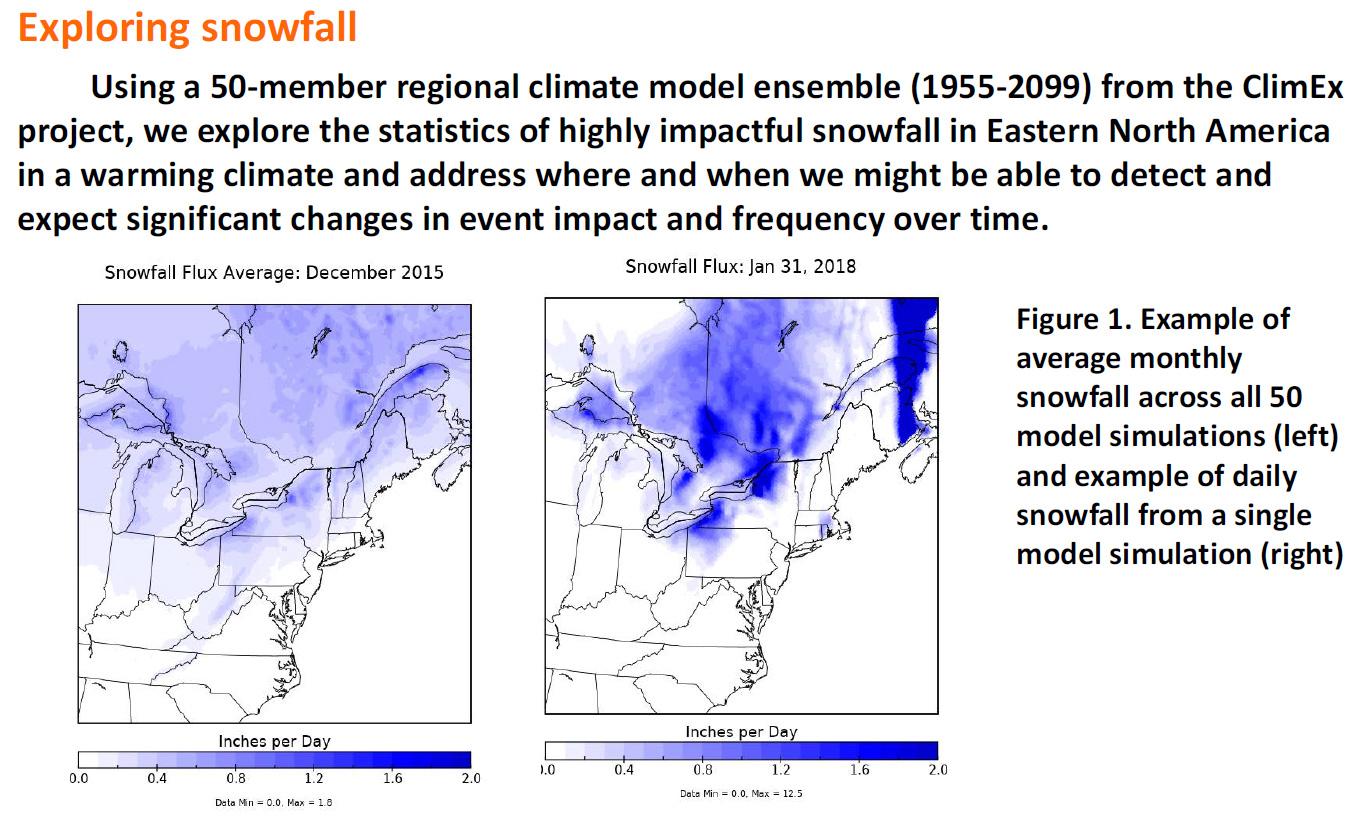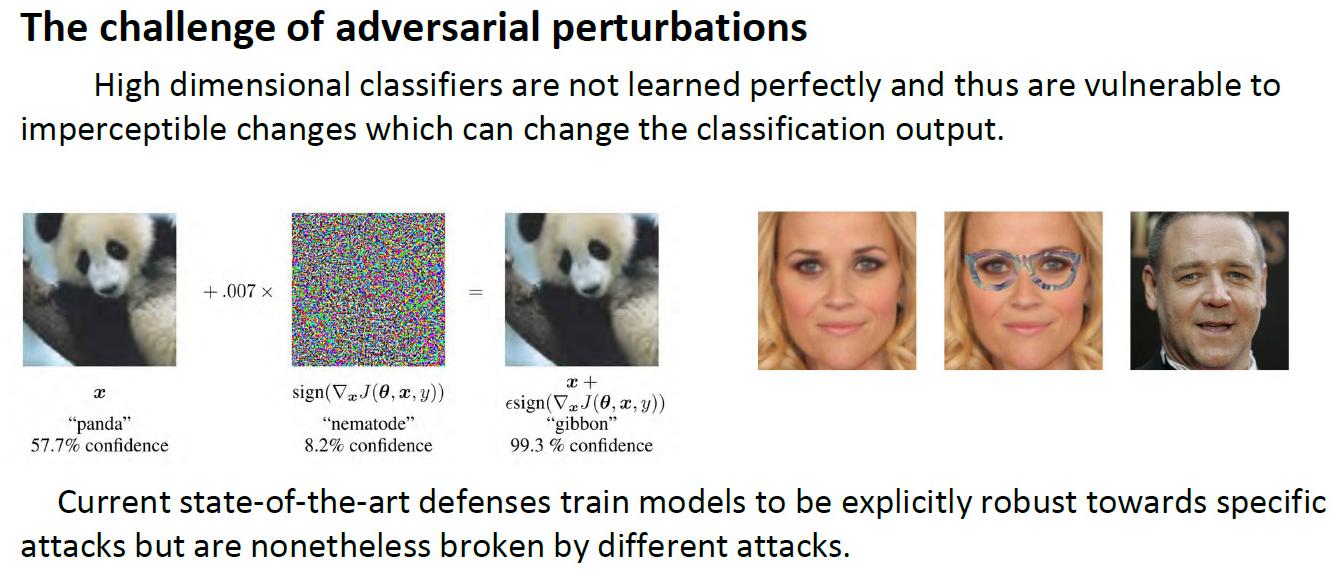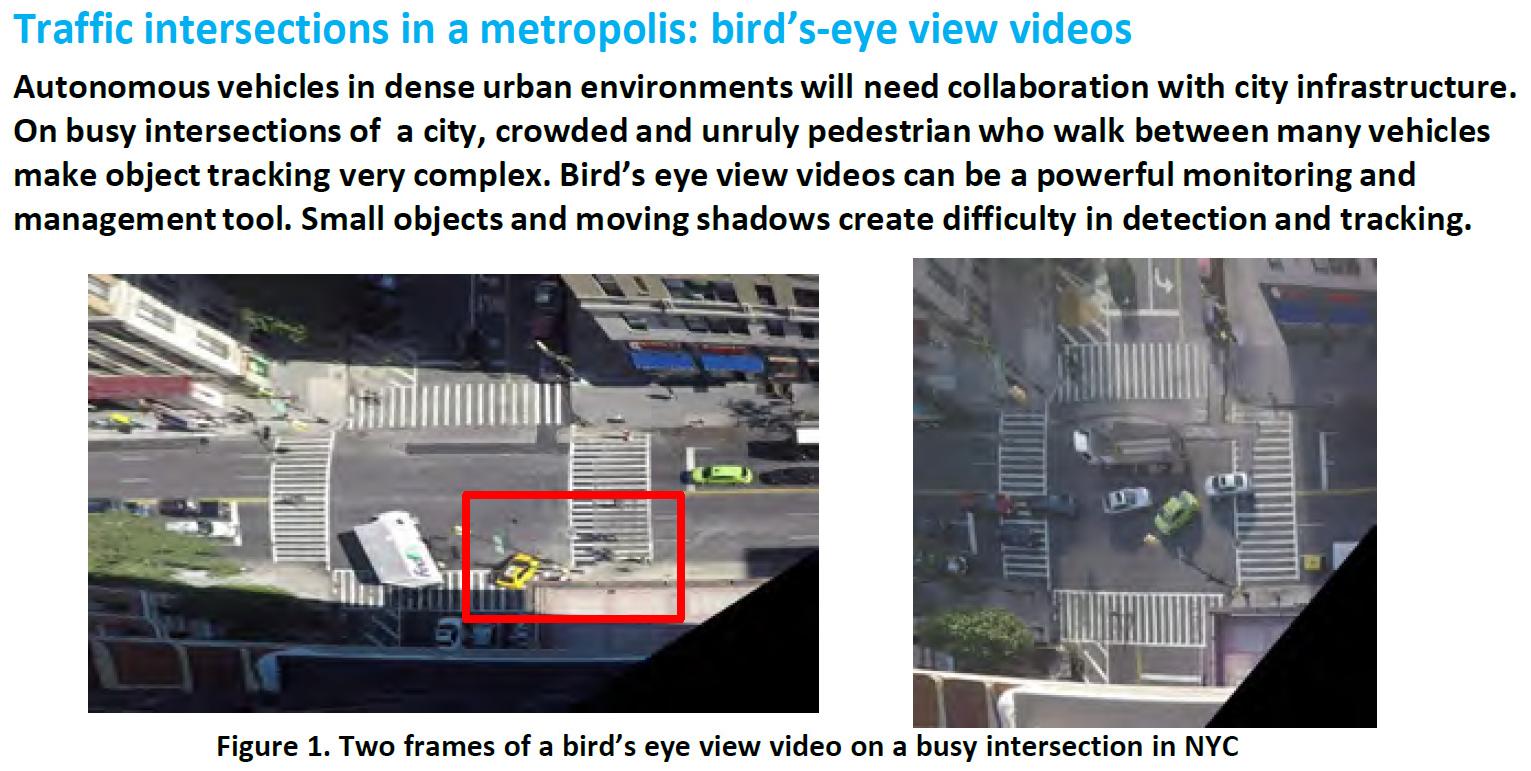
4 minute read
Research Centers and Working Groups
The institute’s centers and working groups enable the institute to reach across the university and tap into grassroots interests of its 360+ faculty members and affiliates. There are eight centers and three working groups.
COMPUTATIONAL SOCIAL SCIENCE
Advertisement
This working group explores both the impact of the digitization of data in the humanities and social sciences and the impact of societal concerns in the design and use of digital technology. The ability to collect automatically and in real-time internet-scale amounts of data about people and their interactions is transformative for economics, history, linguistics, political science, sociology and more.
COMPUTING SYSTEMS FOR DATA-DRIVEN SCIENCE
This center focuses on exploring new computational processors and high-performance systems needed to support the volume and variety of data produced by science domains, including astronomy, biology, chemistry, earth and environmental sciences, neuroscience, oceanography, and physics. On the computing side, it studies massively-parallel processors, energy-efficient hardware systems, distributed computing, software and databases. On the science side, it studies how to process, store, retrieve, analyze and understand massive data sets, where computation, communication, and storage breakthroughs are essential.
Excerpt from Understanding Changes in “Big Snow” Events in Eastern North America
CYBERSECURITY
This center focuses on how to keep data, data models, and data-intensive systems secure and private throughout their life cycle. It looks at issues such as: data integrity and confidentiality; data sharing; data transparency; digital identity; and data regulation by government and industry. Taking advantage of e.g., cryptography and differential privacy, to policy, e.g., E.U. General Data Protection Regulation (GDPR), to law, e.g., Health Insurance Portability and Accountability Act (HIPAA).
DATA, MEDIA, AND SOCIETY
Using data generated by and about people, this center studies the ways in which we can use data to understand human behavior, society, and culture. It addresses questions about how data and data analysis are shaping how we work, how we live, and what it means to be a person in a networked, digitized world. It also supports how to design and build new tools, with user-friendly interfaces and visualizations, to enable end users to see the salient patterns in data and to help decision-makers make sense of their data.
EDUCATION
This working group’s goal is to build a community for creative research on pedagogies and curriculum development for data science education. Group members discuss, identify, and develop resources, curriculum examples, and innovative pedagogies as research on data science education for improving overall capacity in teaching data literacy, data ethics, empirical reasoning skills, advanced computational, and data-driven research skills.
FINANCIAL AND BUSINESS ANALYTICS
This center develops analytical and computational tools to manage risk and to support decisions using the growing volume and variety of data available in the corporate world. Its research thrusts currently include: systemic risks in financial systems and other interdependent critical infrastructures, insurance risk and natural disasters, risk hedging and mitigation for global supply chains, economic fluctuations and uncertainty, consumer/marketing analytics, supply chain analytics, analytics for health care delivery, and analytic entrepreneurship.
FOUNDATIONS OF DATA SCIENCE
This center focuses on formal and mathematical models for data analysis, as well as on issues concerning the engineering of large-scale data analysis systems. Models draw from the convergence of artificial intelligence, computation, machine learning, operations research, and statistics. Hard problems his center addresses include: how to do massively scalable inference; how to do principled and reliable inference in the presence of ever-growing datasets; how to analyze and prove properties of practical heuristics, e.g., deep learning; and how to infer causality, not just find correlations.

Excerpt from A Cryptographic Approach to Defending Against Test-Time Adversarial Examples
HEALTH ANALYTICS
This center focuses on improving the health of individuals and the health care system through data-driven methods and understanding of health processes. It studies many dimensions: from the individual to community to the population level; from genomic information to electronic health records to exposomic information; data collected from novel sensors, mobile phones, and sophisticated scientific instruments; from the privacy to the ethical concerns about data; from laboratory research to clinical practice.
MATERIALS DISCOVERY ANALYTICS
This working group focuses on the emerging field of materials genomics. It develops modeling concepts, tools, techniques and systems to integrate and leverage data science methods with fundamental physics and chemistry to speed up the discovery of novel materials.
SENSE, COLLECT AND MOVE DATA
This center focuses on the physical aspects of sensing, generating, collecting, storing, transporting, and processing large data sets. Sensing data includes research on novel sensors and sensing modalities, ranging from new materials to new sensing devices and systems; moving data includes advances in models, protocols, architectures and technologies for data centers and networks in many scales and modalities; and collecting data includes technology to connect sensors to data.
SMART CITIES
This center focuses on how to develop, monitor, and improve infrastructure, buildings, transportation routes, the power supply, and everyday activities in crowded, urban environments. Its research detects and counteracts problems with aging urban infrastructure, improves smart grid technology, calculates and communicates optimal transportation routes under congested traffic conditions, and deploys ubiquitous sensing devices.

Excerpt from Smart City Intersections: Tracking Objects Using Bird’s-Eye View Videos






